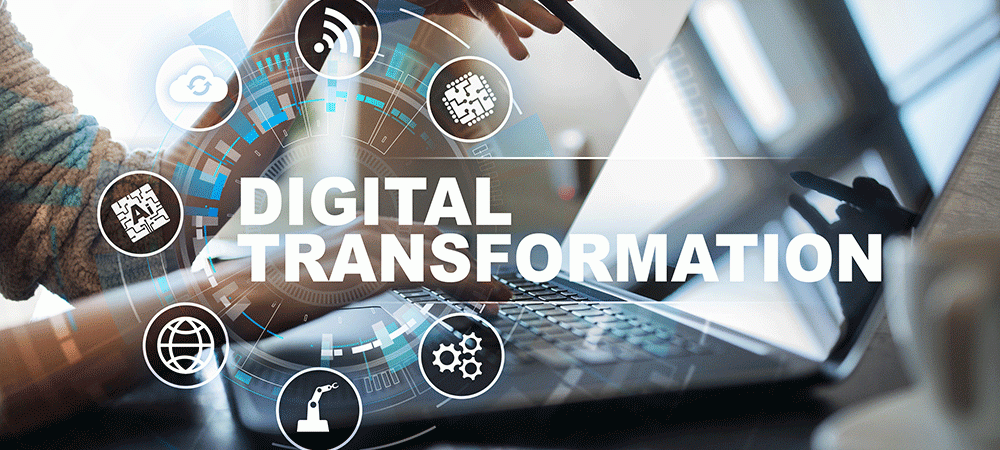Regional Director at Pure Storage for the Middle East, Assaad El Saadi, discusses how the public sector can fully embrace Digital Transformation and overcome certain hurdles they may face.
Today public sector entities across the region are pursuing aggressive Digital Transformation agendas. One of the major drivers for this transformation is citizens’ and residents’ expectations of service levels similar to what they receive from companies in the private sector. Speed, usability, availability and reliability are key – as the popularity of ride-hailing, banking and food delivery apps, among many others, continues to prove.
As well as keeping up with the expectations of people who regularly use online services, central government departments also need to adhere to new laws and policies, increase productivity and improve efficiency ― all the while facing budget constraints.
The smarter use of technology and better utilisation of data can make an even greater difference, heralding full Digital Transformation. The ability to identify customers and tailor their experience enables the capability to provide individuals with targeted, optimised offerings, just as private companies do. There is no doubt that this innovation is the way forward, however, there are some challenges and barriers that still need to be overcome.
Speaking to central government IT leaders in a recent study, we found that only 49% of current government IT projects are considered to fully meet expectations. Budget constraints and legacy infrastructure, unsurprisingly, come out as the top barriers to this change.
However, the research also found that barriers to Digital Transformation are a cause for concern. Almost three-quarters of respondents were concerned by a lack of collaboration between departments, 71% cited a lack of leadership and vision, and again 71% said culture and a reluctance to change hampered transformation.
Ensuring everyone is on board with Digital Transformation projects is vital in driving change within the public sector; and unlike budgetary constraints this is a challenge which can be addressed immediately.
So how can government IT leaders do this? There are some simple but vital points to remember when trying to drive digital change from within:
Do not focus on the technology itself – When trying to implement new technologies, do not lead with the technology itself. Start with the desired business outcomes and the benefits that will result. It is very easy to get lost in a generic, all-purpose Digital Transformation initiative, but what specific end-goal will these new systems and technologies deliver? Will it be revenue growth, customer engagement or maximising smaller budgets? Leading with targeted outcomes will make it far easier to get colleagues on board with your vision.
Flip the budget conversation – Budgets will always be an issue when it comes to the public sector, creating an obstacle to implementing technology that could actually help make the most of decreasing resources. However, this is where you need to sell the vision of Digital Transformation and its benefits back to the department. For example, rather than saying investment in new solutions will cost X, instead state that investment in this technology will save Y over time. This is at the core of business cases presented for approval.
Know your audience and users – When talking to those from across the business, make sure you tailor your language accordingly – whether you are speaking to the budget holder or an entry level employee. Not everyone is going to understand the technicalities and, dependent on job roles, the desired outcomes from Digital Transformation will vary. Also, include these users in the early stages of shaping and designing the new processes and services.
Understand the resistance – Understanding why there might be resistance internally to new technologies and processes is half of the battle in overcoming them. For example, the term automation could immediately create a sense of anxiety for many workers, thanks to sensationalist headlines about job losses. By adjusting mindsets, business culture can be opened to taking full advantage of new technologies. Reassure staff that technology can, in fact, improve their jobs, freeing them from more mundane internal processes to focus on more innovative and creative tasks in their work.
Digital Transformation is not just about technology, it is more about people and processes. Understanding the human element of this transformation is the only way to successfully drive internal change. By that same token, public sector IT leaders need to ensure that any technology partner with which they choose to work also has a solid grasp of the business context and reasons for fundamental business and operational change.
Click below to share this article

